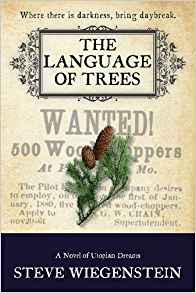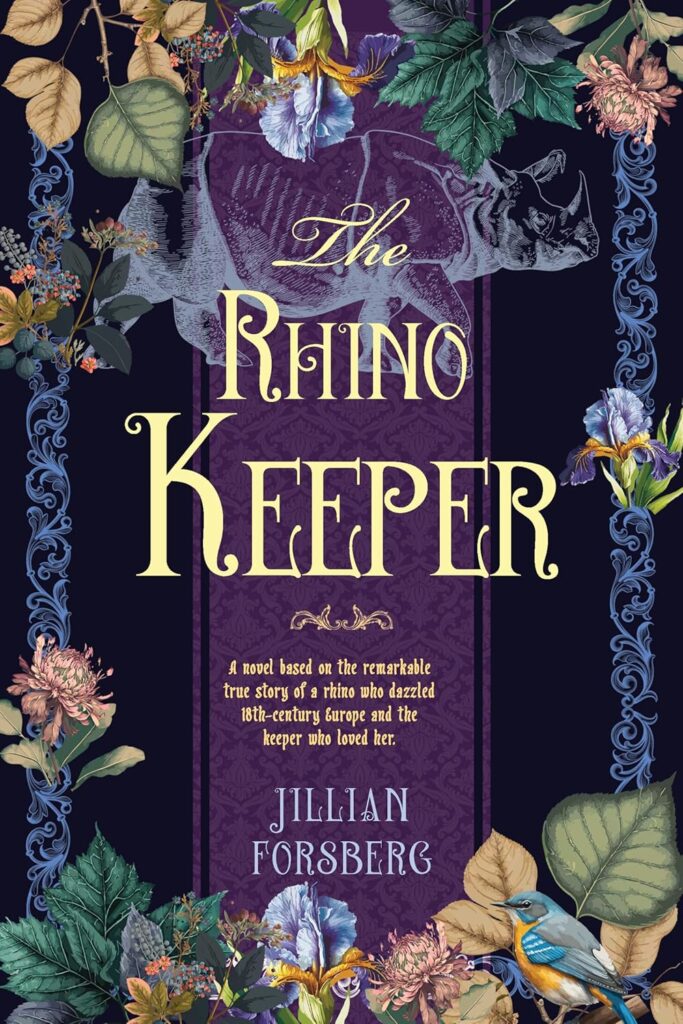The Language of Trees
The Language of Trees is the third book in Steve Wiegenstein’s Daybreak series and set in the 1880s, about 25 years after book 2 (no, you do not have to have read the previous books to enjoy this one). Once again, it’s set in the small utopian commune of Daybreak, Missouri, but now it is their children, grown and leading the community, who are faced with adversity. Daybreak sits on the teetering edge of the old and new worlds, and their ideals now seem antiquated. Newton Turner, the son of a town founder, must guide the community as a New York timber company offers to buy all their timber lands. Josephine Mercadier, Turner’s half-sister, wants to be something, do something more than just take care of her sick mother. What that something is, she doesn’t know, but when J.M. Bridges, the man in charge of the timber company, arrives in Daybreak possibilities arise.
The Language of Trees is the story of multiple characters—and of the town itself—and that is both its strength and weakness. Each character deals with love, loss and change in different ways as they all move toward the 20th century, whether they like it or not. Each character has a unique voice and perspective, but having so many characters’ lives being detailed leads to a rather abrupt ending. This is especially true for the change in Newton; it feels all too quick and undeveloped. Overall, it is a well told story, and Steve Wiegenstein does well maintaining the many plot lines and character developments. It is a wonderful look at human greed and love, nature and progress, idealism and realities.










